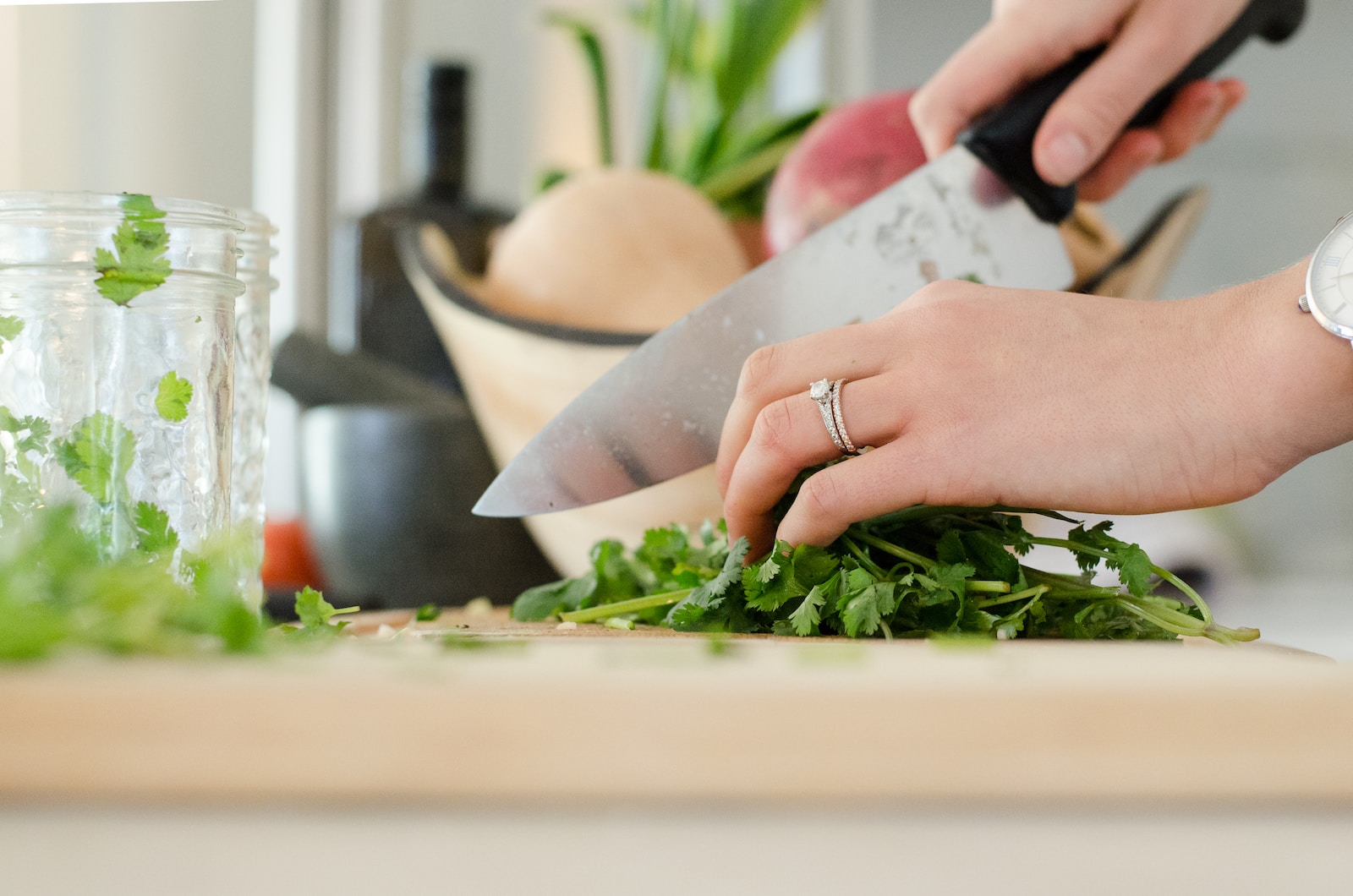Kitchen science is an intriguing field of study that explores the physical and chemical processes behind cooking techniques. This article will discuss the physical principles, chemical reactions, heat transfer, and the role of pressure in cooking. It will also provide insight into kitchen science experiments that can be explored to gain a better understanding of the science behind cooking.
Introduction to Kitchen Science
Kitchen science is an interdisciplinary field that combines physics, chemistry, and mathematics to explore the science behind cooking techniques. It is an important part of the culinary arts, as it helps chefs and food scientists understand how ingredients react with each other and the environment to create delicious dishes. Kitchen science also helps chefs and food scientists develop new techniques and recipes that are both tasty and nutritious.
Physical Principles of Cooking
The physical principles of cooking involve the manipulation of ingredients in order to achieve desired results. This includes mixing, stirring, blending, and sieving. These techniques can be used to create different textures and flavors in a dish. For example, stirring can be used to mix ingredients together, while sieving can be used to separate out unwanted particles.
Chemical Reactions in Cooking
Chemical reactions are an important part of kitchen science, as they are responsible for the development of flavors and textures in food. When ingredients are combined, certain chemical reactions take place that cause a change in the food’s composition. For example, when baking soda and vinegar are combined, a reaction takes place that produces carbon dioxide gas, which is responsible for the rise in bread dough.
Heat Transfer in Cooking
Heat transfer is an important part of kitchen science as it helps to cook food evenly and quickly. Heat transfer occurs when heat is transferred from a hot object to a cooler object. This can be achieved through conduction, convection, and radiation. Conduction is the transfer of heat from one object to another through direct contact, while convection is the transfer of heat through a liquid or gas. Radiation is the transfer of heat through electromagnetic waves.
The Role of Pressure in Cooking
Pressure is an important part of kitchen science as it can be used to alter the texture and flavor of food. Pressure can be used to crush and grind ingredients, as well as to extract flavors and juices from certain ingredients. Pressure can also be used to cook food quickly, as the high pressure forces the heat to penetrate the food more quickly.
Exploring Kitchen Science Experiments
Exploring kitchen science experiments can be a fun and educational way to learn more about the science behind cooking. Examples of experiments include creating foams and emulsions, making ice cream, and exploring the science of fermentation. These experiments can help you gain a better understanding of the physical and chemical processes involved in cooking, as well as the role of heat and pressure.
Kitchen science is an intriguing field of study that can help chefs and food scientists understand the science behind cooking techniques. This article has discussed the physical principles, chemical reactions, heat transfer, and the role of pressure in cooking. It has also provided insight into kitchen science experiments that can be explored to gain a better understanding of the science behind cooking.
